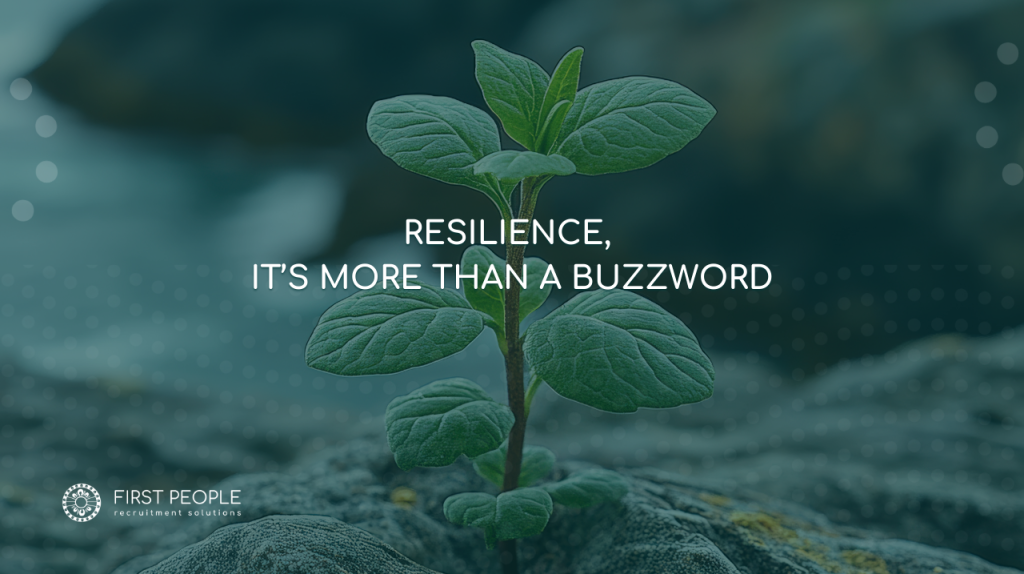Australia has seen a positive shift in the fight for pay equality, with the gender pay gap dropping to its lowest level yet. According to recent data from the Australian Bureau of Statistics, the gap now stands at 11.5%, which means women earn, on average, 89 cents for every dollar that men earn. This still equates to a significant difference of $231.50 per week or $12,038 per year.
While these numbers mark progress, many professionals are quick to point out that there’s still a long way to go before true pay equity is achieved.
The latest figures have been met with optimism from leaders like Mary Wooldridge, CEO at the Workplace Gender Equality Agency. She highlighted this reduction as “great news” and acknowledged the efforts that have contributed to this change, including pay secrecy reforms, wage increases for aged care workers, and mandatory gender pay gap reporting.
Prime Minister Anthony Albanese also attributed the narrowing of the gap to these deliberate actions, suggesting that when policies are enforced and monitored, positive outcomes follow.
Despite this progress, the conversation around the gender pay gap is far from over. HR strategist Emma Badminton emphasises the importance of regular pay audits within organisations. She warns that without these audits, issues like occupational stereotyping and the undervaluing of work typically associated with women will persist. Regular audits help to ensure transparency and accountability, making it harder for these biases to go unchecked.
Dr. Kate More, CEO of Changing Stories Worldwide, argues that increasing the number of women in leadership roles is a key part of the solution. However, she points out that women in leadership still face significant barriers.
The “Think Manager, Think Male” bias, where leadership is unconsciously associated with men, forces women to constantly prove their competence. Additionally, women are often excluded from informal networks and mentorship opportunities that are crucial for career advancement.
As Australia continues to work towards closing the gender pay gap, it’s clear that both challenges and opportunities lie ahead. The progress made so far is encouraging, but the persistence of pay inequality underscores the need for ongoing action.
Workplaces must continue to implement and enforce measures that promote pay equity, such as regular pay audits, transparent reporting, and initiatives that support women’s advancement into leadership roles. Breaking down the barriers that women face in the workplace is essential not just for closing the pay gap, but for building a more inclusive and equitable workforce overall.
The path to achieving true pay equity requires input and action from all levels of society. What do you think are the most important steps we can take to further reduce the gender pay gap? Have you seen successful strategies in your workplace? Share your thoughts in the comments below.



